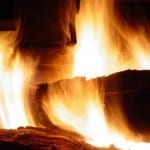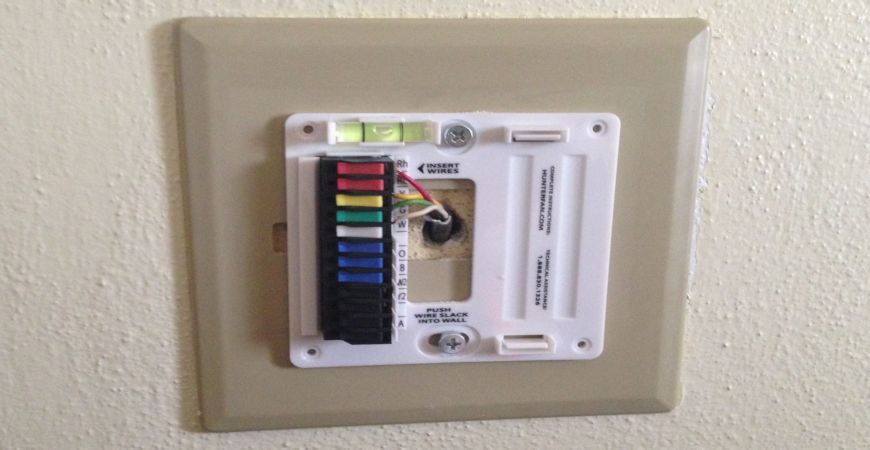
Avoid Dangerous Furnace Problems with These Furnace Maintenance Tips
Your home’s furnace is working hard this time of year. Furnace problems will not only leave you cold–a malfunctioning furnace can cause a fire or release dangerous levels of carbon monoxide.
Keeping your furnace clean and well cared for will make its job easier, saving wear and tear and keeping your furnace healthy longer. A healthy furnace will heat your home more evenly, save money on energy bills, and avoid expensive and potentially dangerous furnace malfunctions.
Read on to learn the steps to fix furnace problems:
It’s best to do this routine maintenance every year just before the start of the heating season, but if you’ve procrastinated this year, you can still play catch-up. You should also check the filter monthly during the winter and clean or change it if necessary.
Depending on your type of furnace and its condition, you may need a screwdriver, a new filter, shop vac or vacuum cleaner, and a 10-weight non-detergent motor oil or bearing lubricant to fix these furnace problems.
Before you do anything to your furnace, make sure the power and fuel to the furnace are turned off. First, turn off the power by flipping the furnace’s power switch to the “off” position, if it has one.
If the furnace doesn’t have a power switch, go to your home’s circuit box and trip the circuit that powers the furnace. If you aren’t sure which circuit powers the furnace, trip the main circuit. And if you have a gas furnace, find the black gas line that leads to the furnace.
Cut off the gas to the furnace by turning the shut-off valve until it is perpendicular to the gas line.
Steps for yearly furnace maintenance:
- Check the filter. Remove the panel that covers the filter, and take the filter out. Next, hold it up to the light to see if it is dirty. You’ll need to replace a dirty fiberglass or paper filter; you can wash or vacuum dry-foam filters if they aren’t too far gone.
- Clean inside. While you have the furnace open, use the vacuum’s pointed attachment to vacuum around the bottom of the furnace and the gas burners.
- Check the fan belt. Look for any signs of fraying, cracking, or glazing, and replace the belt if necessary. Next, check the tension on the belt. Home repair expert Bob Formisano says that when you push down the center of the belt, it should feel taut and deflect only 1/2 to 3/4 inch. Tighten the belt if necessary.
- Add oil if necessary. Most furnaces have permanently sealed and lubricated motors and don’t require any more lubrication. If you have an older furnace with a motor that is not sealed, find the oil ports and add a few drops of oil to each one. Be careful not to overfill the oil ports.
- Finish up. Close the furnace, turn the power and gas back on, and re-light the pilot light if necessary.
- Check the vents. Ensure all of the vents and cold air ducts in your home are unobstructed so that your furnace can heat your home evenly without having to work too hard.
- Protect against carbon monoxide. Gas furnaces produce carbon monoxide. If your furnace develops a leak, this colorless, odorless gas can pose a potentially fatal risk to anyone in the house. So if you don’t already have a carbon monoxide detector, get one. If you have one, check the batteries to make sure the detector is functioning correctly.
Use these furnace maintenance tips to stay safe and warm this winter! Use Wet & Forget Outdoor to prepare your outdoor spaces for the summer. It will get here eventually!
Caution:
If you smell gas, do not try to work on your furnace. Leave your home immediately, without turning any lights on or off. Leave the door open, and call the gas company or fire department from a neighbor’s house. Have a professional check the gas leak before returning to your home.
If your furnace keeps tripping the circuit breaker, this could mean that there is an electrical problem within the unit. Before trying to fix it yourself, call an expert to check the furnace and stay safe.
Photo By Camzmac










